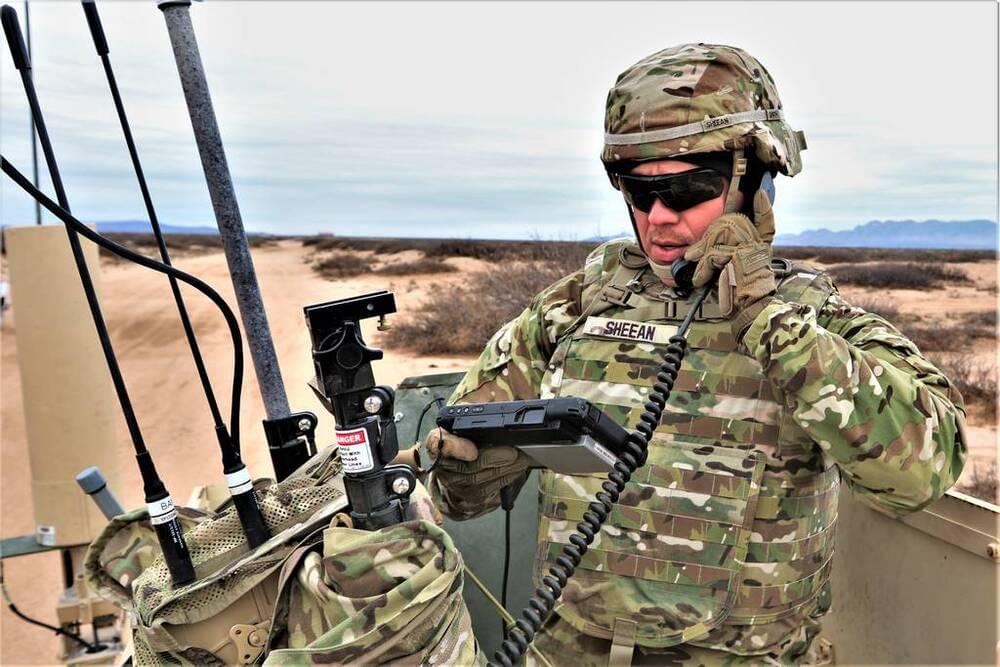Building A More Secure World — Dr. James Revill, Ph.D. — Head of Weapons of Mass Destruction & Space Security Programs, UNIDIR, UN Institute for Disarmament Research United Nations.
Dr. James Revill, Ph.D. (https://unidir.org/staff/james-revill) is the Head of the Weapons of Mass Destruction (WMD) and Space Security Program, at the UN Institute for Disarmament Research (UNIDIR).
Dr. Revill’s research interests focus on the evolution of the chemical and biological weapons and he has published widely in these areas. He was previously a Research Fellow with the Harvard Sussex Program at the Science Policy Research Unit, University of Sussex and completed research fellowships with the Landau Network Volta Center in Italy and the Bradford Disarmament Research Centre in the UK.
Dr. Revill holds a Ph.D. focused on the evolution of the Biological Weapons Convention from the University of Bradford, UK.
Dr. Revill’s areas of expertise include biological weapons, biosecurity, bioterrorism, chemical weapons, chemical terrorism, chemical weapons convention, compliance, verification, and improvised explosive devices.



